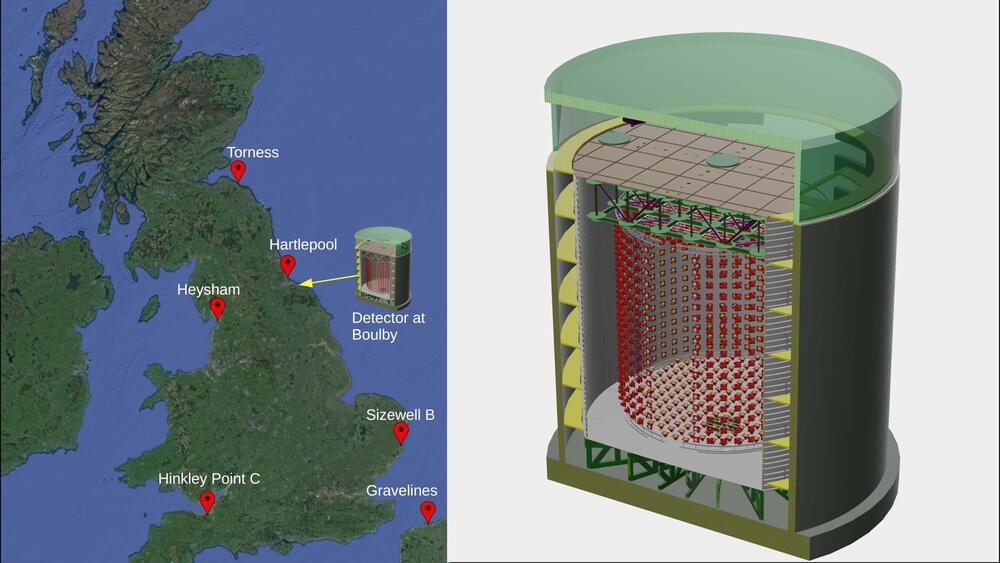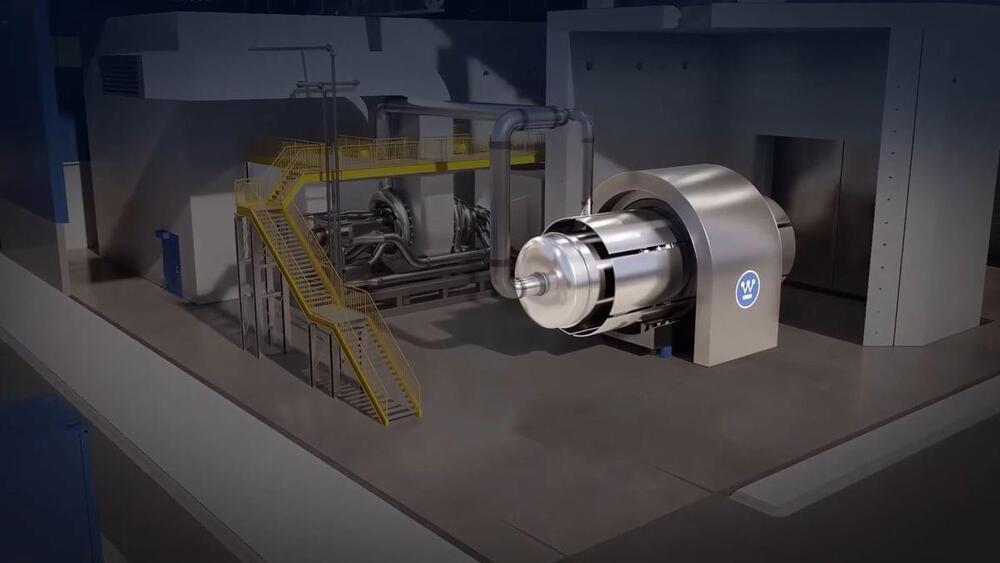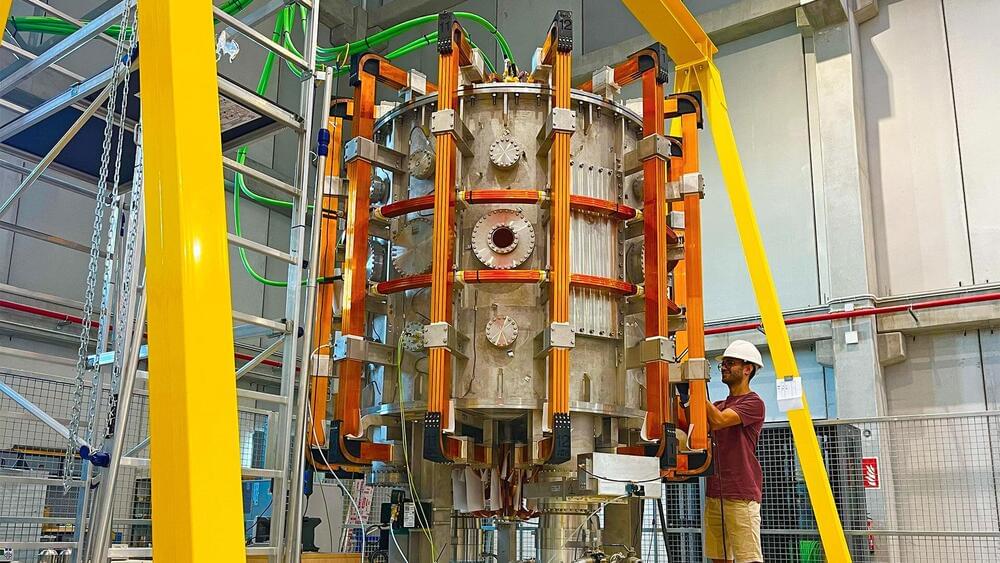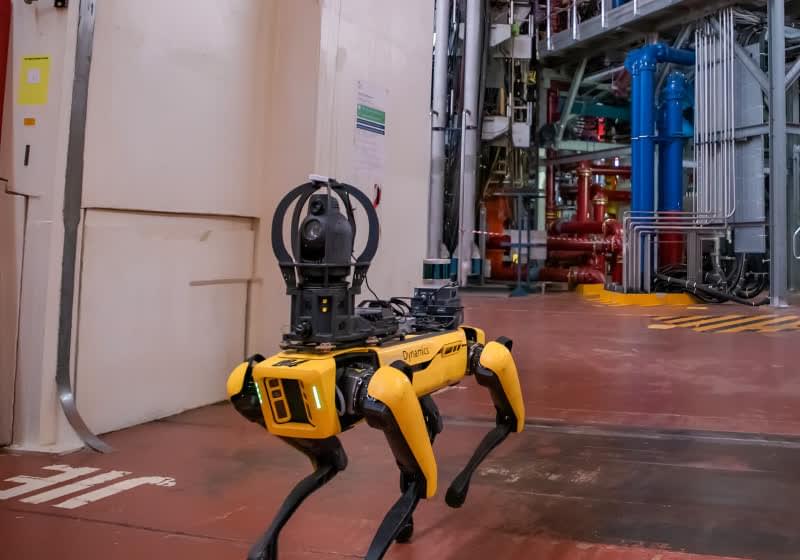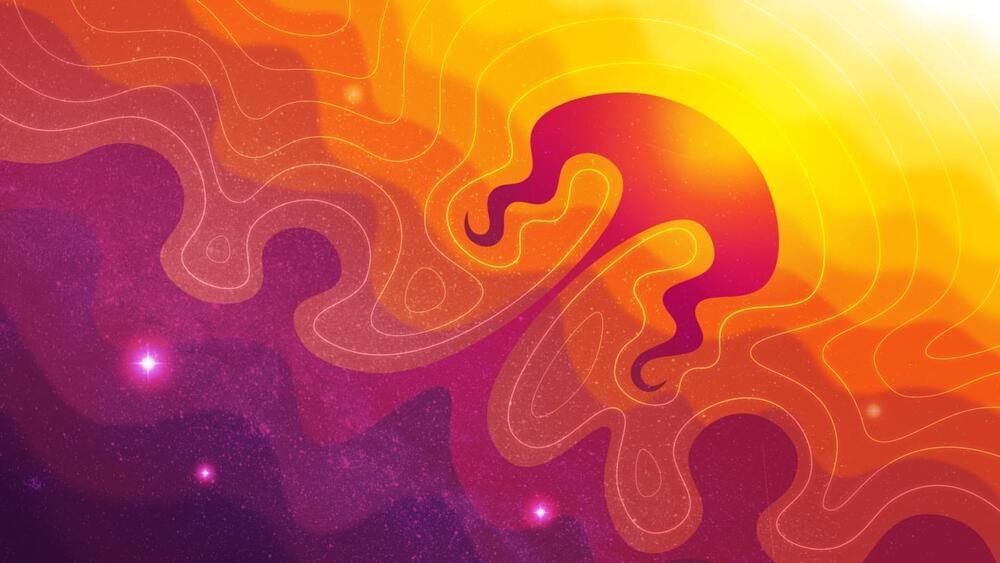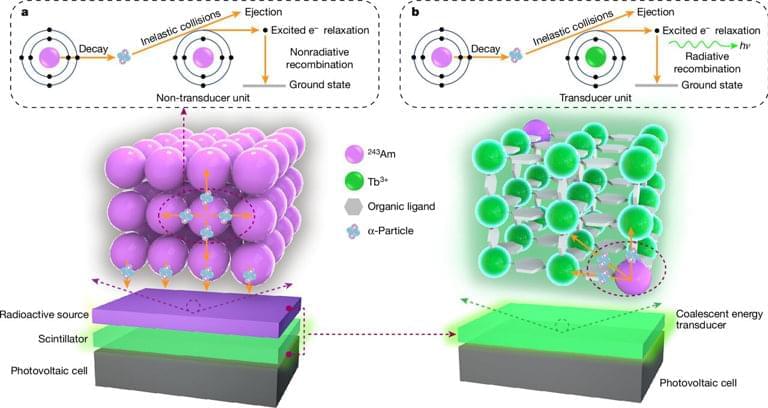One of the key features of the eVinci microreactor is its impressive versatility. It will have the capability to generate five megawatts of electricity, produce over 13 megawatts of high-temperature heat, or operate in combined heat and power mode, according to the Saskatchewan Research Council.
To put this in perspective, the Nuclear Regulatory Commission reported in 2012 that a single megawatt of capacity from a conventional power plant can meet the energy needs of 400 to 900 homes in a year.
Westinghouse views the eVinci microreactor as a groundbreaking technology that holds great promise for future energy requirements.
